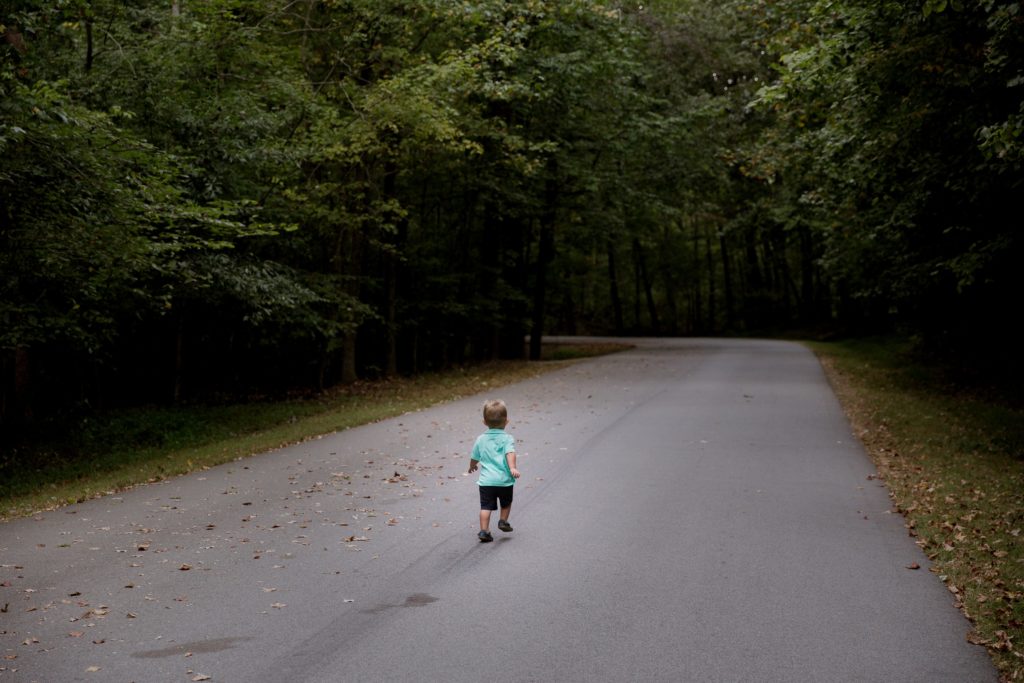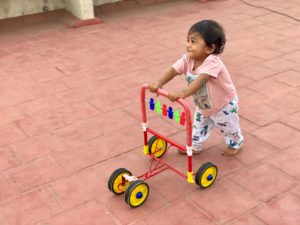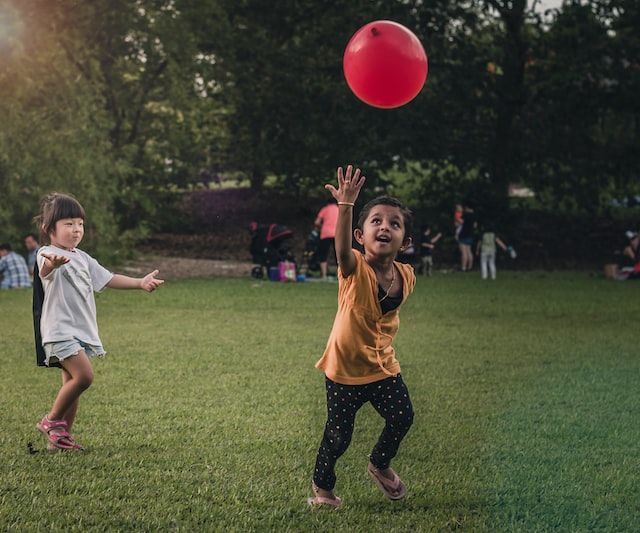Recently a parent contacted me for support on how to best deal with her daughter tantrums. Like most toddlers, she is a strong, energetic and driven child who has strong reactions to the word No. She is constantly on the move, loves climbing and touches anything reachable with her hands. When something doesn’t go her way, she can get very upset about it and become loud. The parents explained how hard it is to establish boundaries and how badly she reacts in front of a No. According to their report, this happens especially when she is asked not to touch something. Here is what I suggested to them to do.
reorganizing the space
Here is a thing about toddlers. They are built to explore, touch and push boundaries. On top of that, they don’t possess the emotional or cognitive ability to control themselves. It is, therefore, our job to find a way to keep them safe and protect their natural curiosity at the same time. The first step is to remove any objects that are not safe for them to touch. In this way, they can explore freely without us interfering. Their natural need for exploration is protected as much as our sanity.
redirecting toddlers' interest
Removing an object or furniture is unfortunately not always possible. In this case, it might be helpful to redirect their action towards an acceptable outcome. Throwing is something many toddlers get into at some point and could be made acceptable by offering some soft toys. If climbing furniture is the issue, we might need to ensure children have time and opportunity to practice their climbing skills outside and remind them to keep their feet on the floor when at home. In both cases, distraction might be a quick fix but recognizing and responding to their needs is certainly more effective in the long term.

remaining calm and firm
Even when toddlers push our boundaries, they still need to feel that we are in control. When stopping a child from doing something they are not supposed to, many adults tend to raise their voice, get flustered and concentrate on what we don’t want them to do. Another more effective way of communicating is to explicitly spell out our expectations using a calm but firm tone of voice. For example, instead of saying “Don’t run”, we might say “Walking feet!” or instead of “Don’t climb”, “Keep your feet on the floor”. In this way, we keep our tone positive and provide clear information on the expected behaviour. If the behaviour is tolerated only on certain occasions, we might even provide a suitable alternative such as “we can go to the garden if you feel to climb” or “the legos are for building, you can throw the sock instead”.
aknowledging their feelings
Sometimes nothing we do can stop toddlers from having a big reaction. While it is not pleasant for us, it is unavoidable and part of the process that will lead to emotional regulation and developing social skills. When that happens, I first ask myself whether that boundary I just set made sense and it was necessary. If that is the case, I take a deep breath, stick to my decision and acknowledge the situation and the child’s feelings. My reaction sounds like this: “I understand you really wanted to/ you didn’t want / you don’t like to. You are so angry/frustrated/disappointed about it”. After reaffirming what happened and labelled their emotion, I then offer comfort: “Would you like a cuddle?”. Regardless of the answer, I stay nearby until the crisis is over, reminding myself that they are having a hard time and need us.



